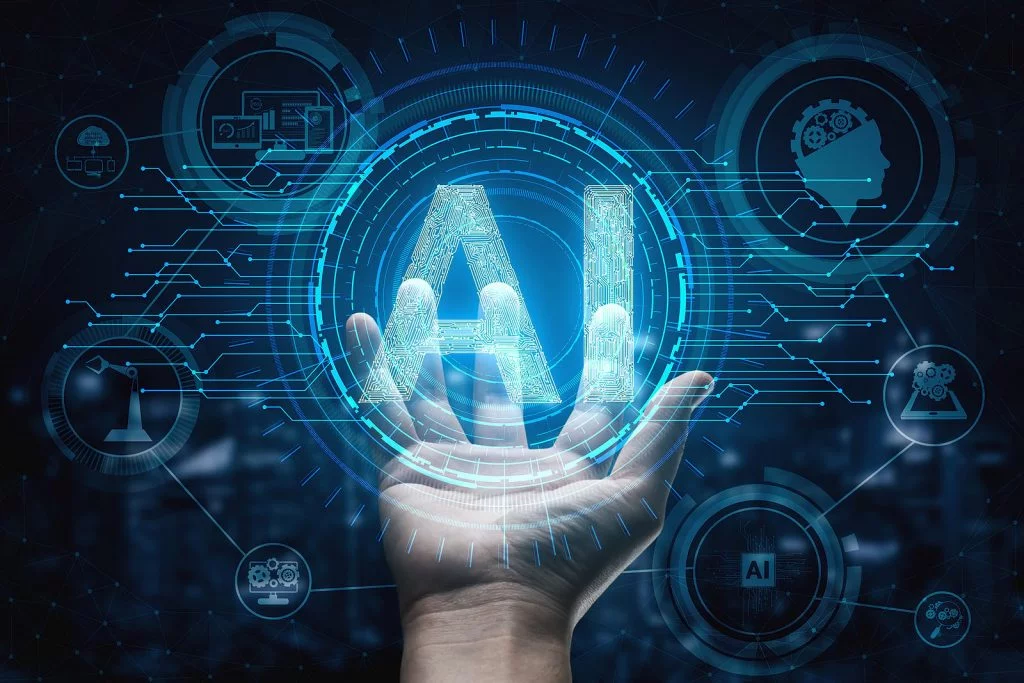Digitizing Justice Supreme Court Adopts Paperless System and Offers Free WiFi for lawyers and Petitioners.
In a move to contemporize the judicial system, the Supreme Court has lately blazoned their relinquishment of a paperless system and the immolation of free WiFi for lawyers and petitioners. This is an important step forward for the Supreme Court and for justice in the United States. Not only will this make it easier for lawyers and petitioners to pierce court documents, but it’ll also ameliorate the effectiveness of the court system by reducing paper operation and furnishing a more streamlined process.
1.Supreme Court’s Paperless System.
The Supreme Court of the Philippines has lately espoused a paperless system in an trouble to digitize justice in the country. This new system aims to make court processes briskly, more effective, andeco-friendly.
The paperless system allows attorneys and petitioners to file cases and submit documents online, barring the need for physical clones. The Supreme Court’s relinquishment of the paperless system is a step towards contemporizing the justice system and keeping up with the digital age. With this new system, the court can reduce the need for paper, essay, and storehouse space.
The court can also avoid detainments caused by the homemade running and processing of physical documents. This new system won’t only profit the Supreme Court and its workers but also the public. The Supreme Court aims to make the court processes more accessible and accessible for lawyers and petitioners. The paperless system allows them to file their cases and submit documents online, barring the need for them to physically go to the court.
In addition to the paperless system, the Supreme Court also offers free WiFi for lawyers and petitioners. This allows them to pierce the internet and file their cases online fluently.
The Supreme Court aims to promote a more accessible and accessible justice system by making technology more available to everyone. Overall, the Supreme Court’s paperless system is a significant step towards contemporizing the justice system and making it more effective.
With this new system, the court can streamline its processes and reduce detainments caused by the homemade running of physical documents. The court’s perpetration of free WiFi for lawyers and petitioners is also a significant move towards making justice more accessible and accessible for everyone.
2.Free WiFi for lawyers and Petitioners.
In addition to espousing a paperless system, the Supreme Court is also offering free WiFi for lawyers and petitioners. This new action was launched in recognition of the adding need for connectivity in ultramodern legal practice.
Now, attorneys and petitioners can fluently pierce the internet and other digital coffers within the court demesne, which will greatly enhance the effectiveness of their work. This move is also part of the Supreme Court’s sweats to make the justice system more accessible and accessible for all. It recognizes the reality that legal work decreasingly requires the use of online coffers and tools.
The vacuity of free WiFi will help to position the playing field for lawyers and petitioners, especially those who may not have easy access to the internet outside of the court. In addition, the provision of free WiFi also highlights the Supreme Court’s commitment to keeping up with the rearmost technology trends.
It demonstrates the Court’s amenability to embrace digital advancements in the legal field and to influence technology to enhance its operations. The Court has honored that in order to deliver justice in a timely and effective manner, it must stay at the van of technological change.
Overall, the provision of free WiFi is a positive step towards digitizing justice and making it more accessible to all. It represents the Court’s commitment to perfecting the legal system for the benefit of all those who use it.
As technology continues to evolve, we can anticipate to see indeed more enterprise that will enhance the delivery of justice and make the legal process more effective and stoner-friendly.
3.Advantages of the Paperless System.
The Supreme Court’s recent relinquishment of a paperless system is a significant step towards a more effective and streamlined judicial process. This system eliminates the need for paper clones of documents and allows for electronic form and distribution of legal papers.
One major advantage of this system is the reduction of paper waste, leading to a more environmentally friendly court system. This paperless approach also saves time and coffers, making it easier for judges, attorneys, and court labor force to manage cases.
In addition, the digital platform provides easy and secure access to legal documents for both judges and petitioners, reducing the threat of lost or lost papers. The electronic system also enables easier collaboration between judges, court labor force, and other legal professionals.
also, with the perpetration of free WiFi, the court has made it easier for lawyers and petitioners to pierce digital documents and other legal coffers. This will really lead to a more informed and set legal community, contributing to better issues for petitioners and lesser confidence in the judicial process.
Overall, the Supreme Court’s paperless system and free WiFi offer multitudinous advantages for the court system and legal community. The digitization of justice represents a positive step forward in contemporizing and perfecting the judicial process.
4.Challenges of Digitizing Justice.
The relinquishment of a paperless system and free WiFi by the Supreme Court may feel like a ultramodern and necessary step forward, but it comes with its own set of challenges. One of the main challenges is icing that the digital platform is secure and dependable.
With sensitive legal documents and nonpublic information being transferred electronically, the Supreme Court must have robust cybersecurity measures in place to help unauthorized access or hacking.
Another challenge is icing that everyone who interacts with the digital system, including judges, lawyers, and petitioners, have the necessary specialized chops to navigate and use the platform effectively.
This may bear fresh training and coffers to insure that all parties involved can use the system confidently and directly. In addition, there may be enterprises about the availability of the digital platform, particularly for those with disabilities or those who warrant access to technology.
It’s important for the Supreme Court to consider the requirements of all stakeholders and insure that the digital platform doesn’t count anyone from penetrating justice. Overall, the digitization of justice brings about significant benefits, but it isn’t without its challenges. The Supreme Court must work to address these challenges in order to completely realize the eventuality of a paperless and digital justice system.
5.perpetration and unborn Plans.![BREAKING] Kerala High Court introduces paperless courts for hearing bail, tax matters with effect from August 1](https://encrypted-tbn0.gstatic.com/images?q=tbn:ANd9GcQwATY4qsTNJ0RWEic_jLThPqjnXbkq8cbkjSQuSBAj4nv7viSWEGs3q_wN9BMpUZwz5Do&usqp=CAU)
The perpetration of the Supreme Court’s paperless system and free WiFi immolation for lawyers and petitioners has been a significant step forward in the digitization of justice.
It’s estimable that the Supreme Court recognizes the need to embrace technology in order to ameliorate access to justice for all. still, the process of enforcing this system has not been without its challenges.
There have been enterprises over the security and confidentiality of sensitive information being transmitted electronically. nonetheless, the Supreme Court has put in place robust measures to guard the integrity of the system.
Looking to the future, the Supreme Court has plans to further digitize the justice system. This includes exploring the use of artificial intelligence to dissect large volumes of data, similar as court records and legal precedents, to help judges in their decision- making process.
The use of virtual sounds and remote evidence is also being considered to make court proceedings more accessible to those who are unfit to attend in person. It’s heartening to see that the Supreme Court is taking a visionary approach towards using technology to ameliorate the justice system.
While there are really challenges to overcome, the benefits of digitizing justice are too significant to ignore. As technology continues to evolve and come more sophisticated, we can only anticipate farther invention in this area.
conclusion:
The Supreme Court’s move towards a paperless system and immolation free WiFi for lawyers and petitioners is a major step towards digitizing justice. This modernization not only reduces costs, but also makes the legal process more effective and accessible for everyone.
Although there may be challenges in perpetration, similar as icing secure digital documents and maintaining equal access to technology, the implicit benefits for all involved are too significant to ignore.
As we continue to move forward with these advancements, we must prioritize the requirements and rights of lawyers and petitioners, icing that they aren’t left before in the pursuit of progress.








